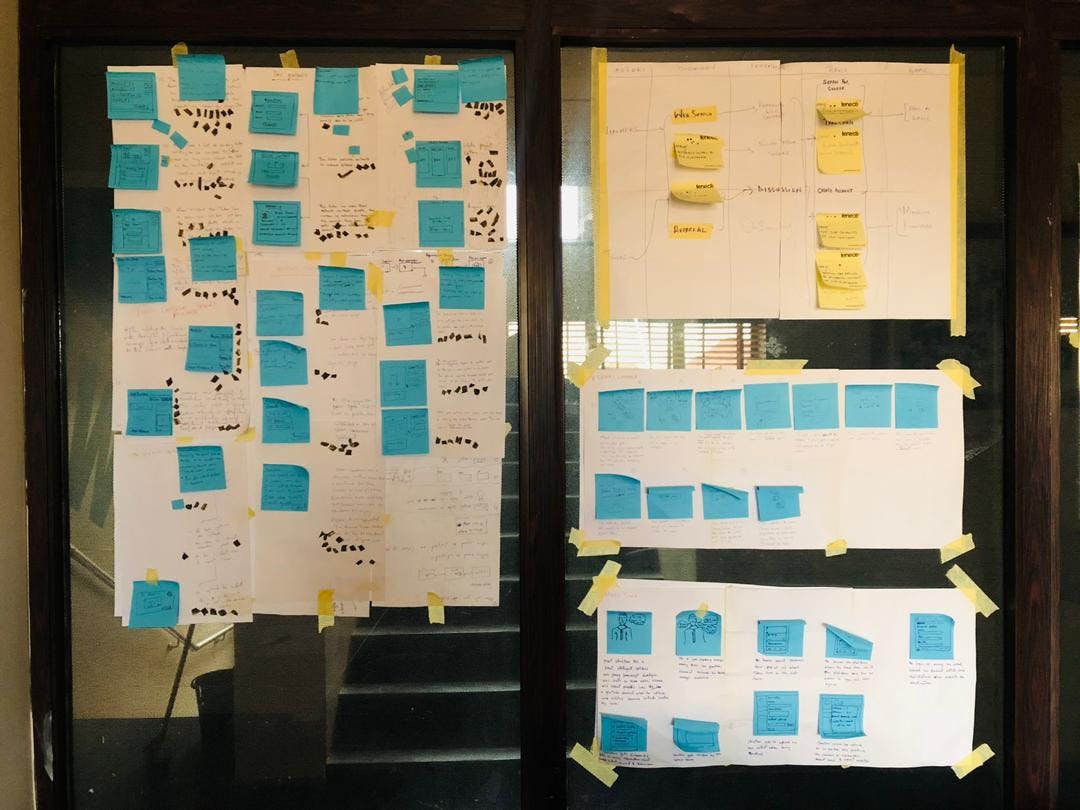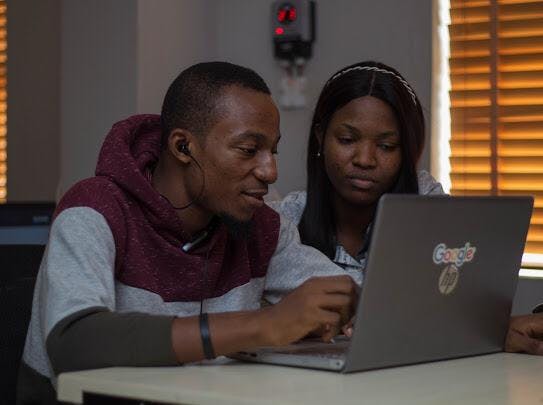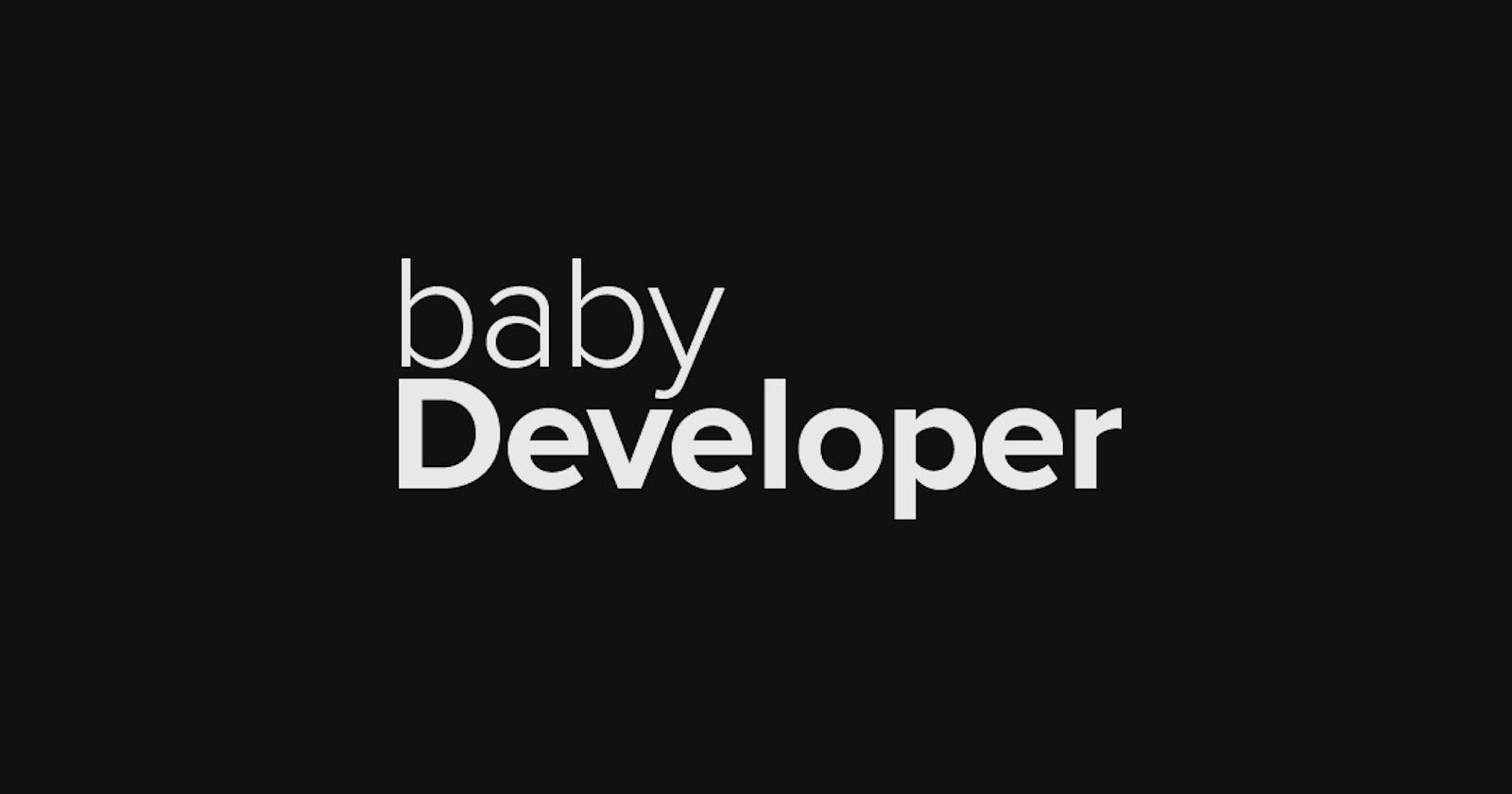The first few months of the learnable internship was filled with so much exposure around other things that didn’t entirely concern development. We were beautifully engrossed in the business side of development and we learnt about other methods and approaches to building a product like the agile methodology (SCRUM).
Seeing that I transitioned from python to JavaScript within my first year of learning to code, I had never built any real life applications or worked on any big projects, I simply knew the basics of programming. Fast forward to the last few weeks of the internship, build season commenced, we had to build real life projects, we were divided into teams of 8 which consisted of the 3 learning paths. (Front end, back end and product design)
Using products and not understanding how much work was put into it, I naturally thought that coding was the only way around building solutions, but with this first project I learnt there was a lot more involved and building projects had a lot of processes. First part of building the project involved branding.
Branding
Every member of the team partook in the branding and had to work together to come up with everything we needed for the brand to come to life. We were in luck; our brand name had already been given to us so we already had something to work with. Here is a list of things we had to work on for our product’s branding. · Brand statement, mission and vision statements · Brand Logo and face · Logo description. · Brand typography and color · User experience research; qualitative and qualitative · Feature breakdown and validation · User personas. The Branding phase lasted for about 2 weeks and was followed by the design sprint.
 Design sticky notes
Design sticky notes
Design Sprint.
Up next was the design sprint. A Design sprint is about, running through the product you want to build and creating and testing the prototype in 5 days. The entire team is part of it, schedules are cleared entirely for the week and there is a checklist for expected outcomes from day 1 to day 5. Design sprints encourage original thinking through experimentation and iteration. There is usually no right or wrong answer and the aim is to exploit every possible option and thought process that could go into the product. With a sprint goal in mind and every possible solution must answer the sprint questions. The entire design sprint is user centered and everything is built based on the user’s wants and needs. Feedback and validation will be taken from users at the end of the sprint. The goal of this method is to consider all perspectives, focus on the right thing and to learn fast and fail fast. Right after the design sprint, we went straight into development. Dividing your product into sprints is the fastest way to test products; the point of each sprint is to deliver value to a user no matter how little your current solution is, after each sprint, new or updated value is added.
Sprint 1
Finally, the developers get to do what they know how to do best, well, some developers because I was so lost and had a lot of personal work to do. Sprint 1 (one)was divided into 2 stages and fortunately for me, I knew a little about authentication and I collected some materials that helped me understand much more about authentication and authorization. This was when I was exposed to the use of frameworks like Bcrypt, JWT and even used a colleague’s (Onyegbu Ifedili) framework BangaJS. I learnt how to use the MVC pattern, learnt how to structure my models, how to utilize the controllers and how to use multer for uploads (I still have a lot of learning to do.) I have learnt to work in teams and how team building works. I’m still coasting around Git hub for group projects and with time, I will entirely figure it out. With sprint 1, we were able to come up with the Sign up page, Login page, dashboards and upload. We spent 2 weeks on it.
 Men at work
Men at work
Sprint 2
The last 2 weeks of the internship, where it all comes together. We are to round up our project and go live in 2 weeks according to our MVP. Here we are to add the features that we voted on to make our product valuable. More sprints can be added and more features as well, depending on the project and what you aim to achieve before you go live.
So far so good, I decided to share my experience and for memory sake. It has been a very new and difficult process for me. A few lessons I learnt from this build season are:
Never be ashamed to ask questions.
push yourself to learn new possibilities.
Whatever you are good at, put it forward the team needs it.
Think out the best possible solutions.
Take breaks and rest.
Most importantly when the imposter syndrome comes, don’t personalize it. It’s not about you.
Looking forward to starting personal projects that will help me hone my skills. Still not feeling bold enough to start calling myself a developer till I am able to piece it all together.
For now I’m your beloved baby Developer.
